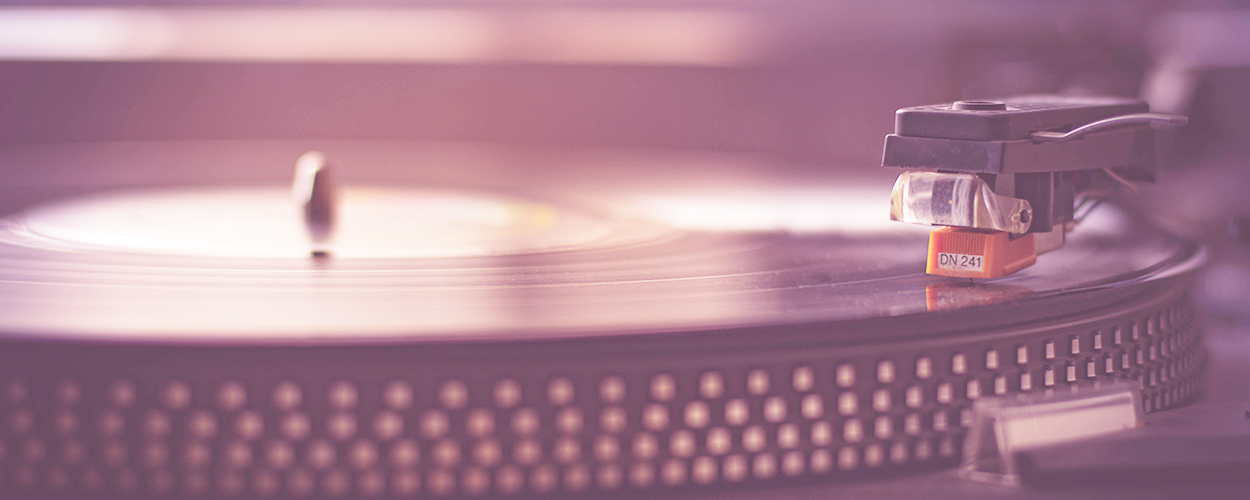This website uses cookies so that we can provide you with the best user experience possible. Cookie information is stored in your browser and performs functions such as recognising you when you return to our website and helping our team to understand which sections of the website you find most interesting and useful.
Business News Labels & Publishers Retail
71% of UK vinyl sales go to big spender ‘superfans’
By Andy Malt | Published on Tuesday 15 May 2018

The ‘vinyl revival’ is largely the result of a relatively small number of ‘superfans’ who spend more than £400 a year on the format, according to new figures from the Entertainment Retailers Association.
The study of buying habits of more than 2200 UK adults found that 72% of the vinyl market can be attributed to a relatively small group of consumers. By the researchers’ maths, there are about 157,000 high spenders overall. And in 2017, they contributed £62.9 million to the £87.7 million total sales value of vinyl.
Elsewhere in entertainment retail, Blu-Ray discs are similarly bolstered by a key group of big spending fans, making up around 61% of the total market. Around a third of console games and CDs also go to the big spenders (that’s around 292,000 people for CDs), while ‘superfans’ only make up 11% of the £580.5 million DVD market.
“Music, video and games may reach virtually the entire population, but it is these £400 a year ‘superfans’ who are the backbone of the market”, says ERA CEO Kim Bayley. “Superfans are the connoisseurs of entertainment. They are passionate about music or film or games and tend to favour the more sophisticated higher-value formats”.
That’s particularly true of vinyl, where the superfans are spending much more money, but not necessarily buying huge numbers of albums. Official Charts Company figures show the average price of an LP is £20.31, meaning your £400 would get you 19.7 albums. Whereas a CD-buying superfan could get 48.4 discs for their £400.
That difference in price point is likely why you still have a group of superfans who continue to prefer buying CDs, rather than jumping on the vinyl revival bandwagon. This is something the founder of Brighton independent record shop Resident, Natasha Youngs, noted at a CMU Insights conference focused on the physical market at The Great Escape two years ago.
“For a lot of people, vinyl is prohibitively expensive”, she said, noting that CD sales, while still in decline, were nevertheless still higher than many expected them to be by this point in the record industry’s digital evolution. “People have spent years building up their collections”, she went on. “And by nature we are creatures of habit”.
She continued: “I know the industry is constantly looking for new, new, new all the time, but people have collections already that they just want to add to … they don’t want to start a whole new collection again with vinyl. We see a lot of people who … want something that they feel familiar with at a price that is really comfortable for them. You can still buy brand new CDs for £10. It’s an easy price point for people to manage”.
Still, while vinyl sales do seem to be boosted by a fairly select group of people, 4.1 million vinyl albums were still sold last year, which is a 26.8% year-on-year increase. So it seems that there is an increasing number of people managing to scrape together the money to become a vinyl buyer.





